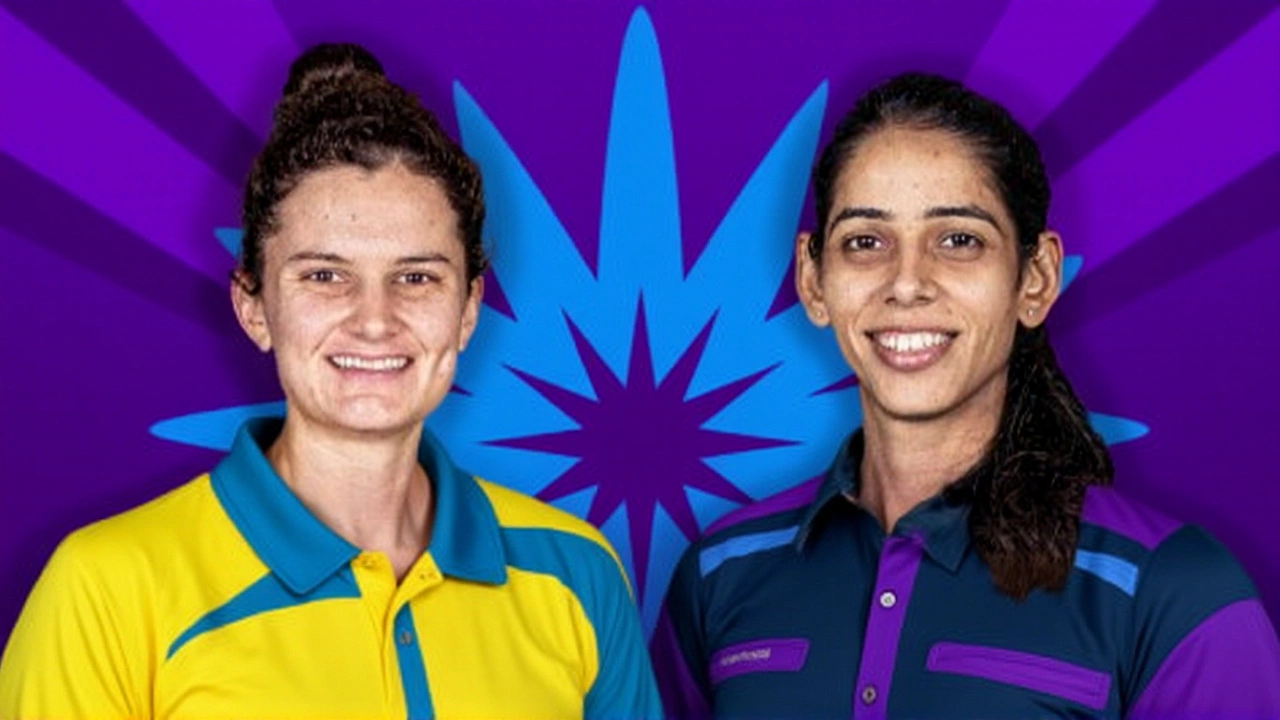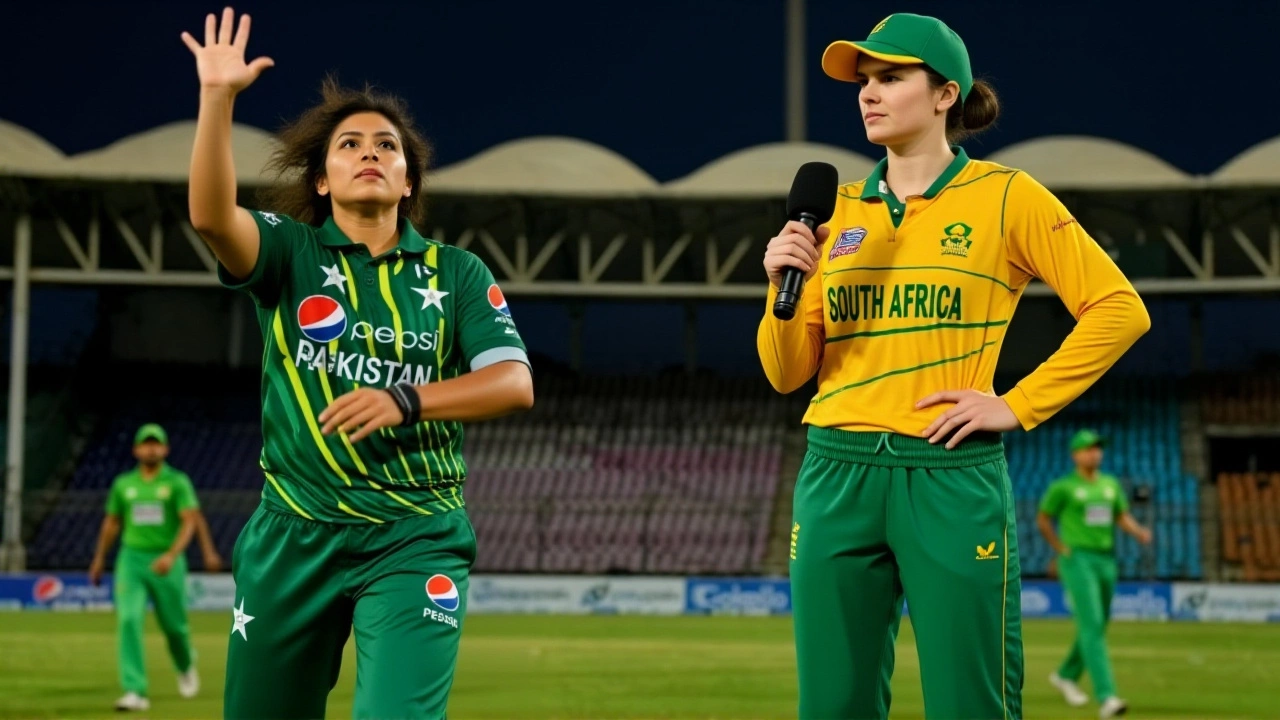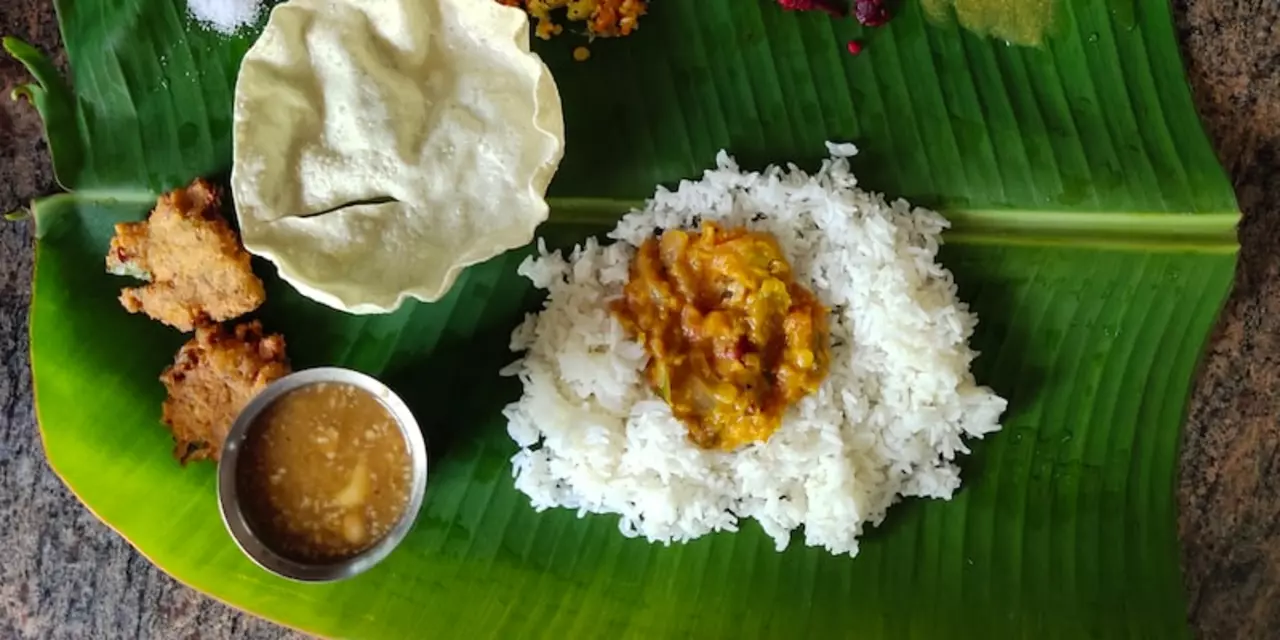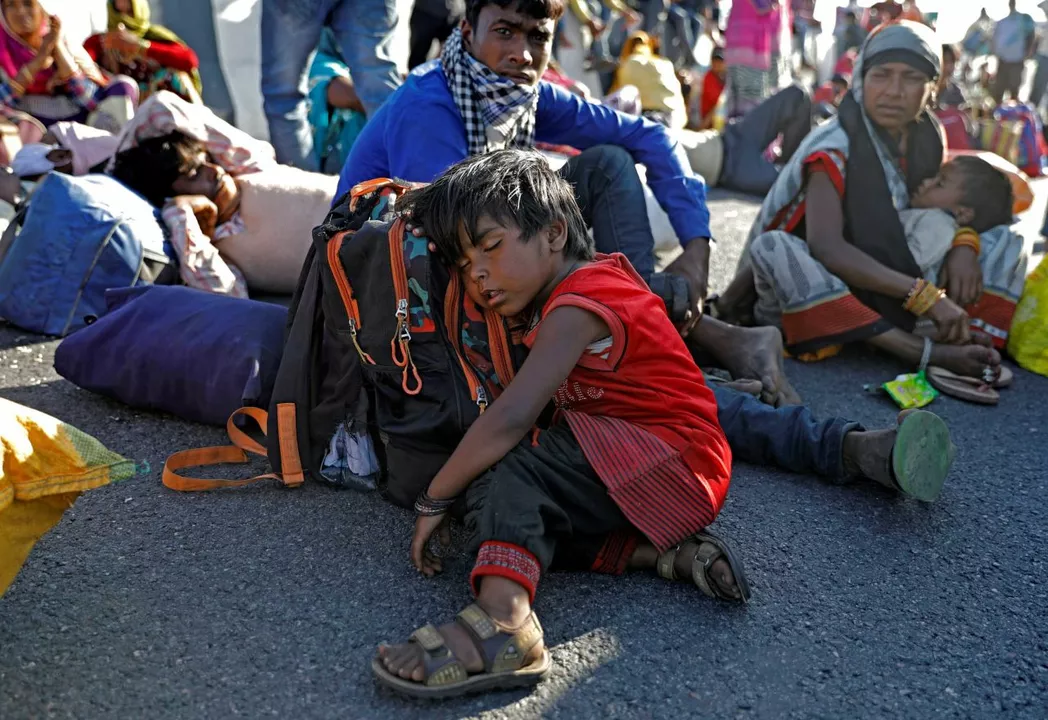
When Laura Wolvaardt, vice‑captain of South Africa Women South Africa Women, walked to the crease at R Premadasa Stadium on , the stakes were crystal clear: a win would keep the Proteas atop the ICC Women’s ODI World Cup 2025 and seal Pakistan Women’s fate. Across the boundary, Pakistan Women knew a loss meant immediate elimination after four straight defeats.
Match Overview and the DLS Twist
The South African innings began under a sky that threatened rain but held its breath long enough for a solid start. After a cautious opening partnership, Wolvaardt unleashed a 90‑run masterpiece, her 47th fifty‑plus in ODIs, and the first South African to cross the 1,000‑run mark at a Women’s World Cup. Her strike‑rate hovered around 78, and she peppered the boundary twice for the first sixes of the calendar year.
South Africa posted 312 for 9 in their allotted 40 overs before a sudden downpour forced officials to invoke the Duckworth‑Lewis‑Stern (DLS) method. The revised target for Pakistan was 233 runs from just 20 overs – a steep climb that left the batting side scrambling for every run.
Pakistan’s top order collapsed quickly. With just 83 for 7 after the full 20‑over allocation, the DLS calculator recorded a 150‑run defeat, confirming Pakistan’s exit from the tournament.
Key Performers
Laura Wolvaardt’s innings was the headline. The 25‑year‑old from Stellenbosch, Western Cape, not only anchored the chase but also became the eighth player overall – and the first South African – to reach 1,000 World Cup runs, matching the joint‑fastest pace among the eight achievers. Her 12 World Cup half‑centuries now sit just behind Indian legend Mithali Raj’s 13.
Off‑spinner Nondumiso Shangase, the 27‑year‑old from KwaZulu‑Natal, claimed her maiden World Cup wickets, delivering figures of 4‑0‑19‑2. The breakthrough came with a clean‑bowled dismissal of Pakistan’s opening batter in the 7th over, shifting momentum in South Africa’s favor.
Pakistan’s batting struggled against the disciplined South African bowlers, with only a solitary partnership of 22 runs for the second wicket. The lack of experience in chase scenarios under DLS pressure was evident.
Reactions from the Pitch
South Africa’s head coach, Mark Boucher, praised the side’s resilience: “We knew the rain could bite us, but the girls stuck to the plan. Laura’s innings gave us the platform, and the bowlers executed the DLS target perfectly.”
Pakistan’s captain, Nida Dar, expressed disappointment but remained hopeful for future tournaments: “It’s painful to go out like this, but the experience will help us grow. We’ll take the lessons back home and work harder.”
Meanwhile, officials from the International Cricket Council (ICC) highlighted the importance of clear weather protocols: “The DLS method ensures fairness when nature intervenes. Both teams competed within the framework, and the result is a testament to South Africa’s skill.”
Implications for the Tournament
South Africa’s fifth straight win propels them to the top of the round‑robin table with 10 points from six matches, putting them firmly in the semifinal conversation. Their next challenge comes on 24 October 2025 against India Women at the same venue.
Pakistan’s early exit means they finish the group stage with zero points, joining the list of teams that have never progressed beyond the opening round at this edition. The result also reshapes the fight for the remaining semifinal spots, with Bangladesh, Sri Lanka, and New Zealand all still in contention.

Historical Context
South Africa’s winning streak is now the longest ever recorded for a team at a Women’s World Cup, surpassing the previous record of four consecutive wins set by Australia in 2022. Wolvaardt’s 1,000‑run milestone places her alongside legends such as Mithali Raj, Charlotte Edwards, and Suzie Bates, highlighting the growing depth of talent in South African women’s cricket.
Pakistan’s participation in the 2025 World Cup has been fraught with challenges. After narrowly missing the 2017 edition, the team has been rebuilding, but repeated heavy defeats this tournament underscore the widening gap between emerging nations and established powerhouses.
What’s Next for the Teams?
South Africa will now focus on fine‑tuning their death‑over strategies, a phase that proved decisive against Pakistan. With the next match against a strong Indian side, the Proteas will likely rotate a few bowlers to keep the attack fresh.
Pakistan, on the other hand, returns home to reassess their squad composition. Young talents like Sadia Iqbal showed glimpses of potential, and the PCB (Pakistan Cricket Board) has hinted at an expanded development program targeting the 2027 World Cup cycle.
Frequently Asked Questions
How does South Africa's win affect their chances of reaching the semifinals?
The victory lifts South Africa to 10 points, placing them at the top of the round‑robin table. With two matches left, they need just one more win to secure a top‑four finish, making their semifinal berth highly probable.
What were the key factors behind Pakistan's elimination?
A combination of a steep DLS‑adjusted target, early wickets, and an inability to build substantial partnerships doomed Pakistan. Their highest score of 83/7 fell far short of the revised 233 runs needed.
Who broke records during this match?
Laura Wolvaardt became the first South African and the eighth player overall to surpass 1,000 runs in Women’s World Cup history, matching the joint‑fastest pace to the milestone.
When and where will South Africa play their next World Cup match?
South Africa’s next group‑stage fixture is scheduled for 24 October 2025 against India Women at R Premadasa Stadium, Colombo.
What does this result mean for the overall tournament standings?
South Africa jumps to first place with 10 points, while Pakistan finishes bottom with zero. The battle for the remaining semifinal spots now intensifies among Bangladesh, Sri Lanka, New Zealand and the upcoming India‑South Africa clash.




